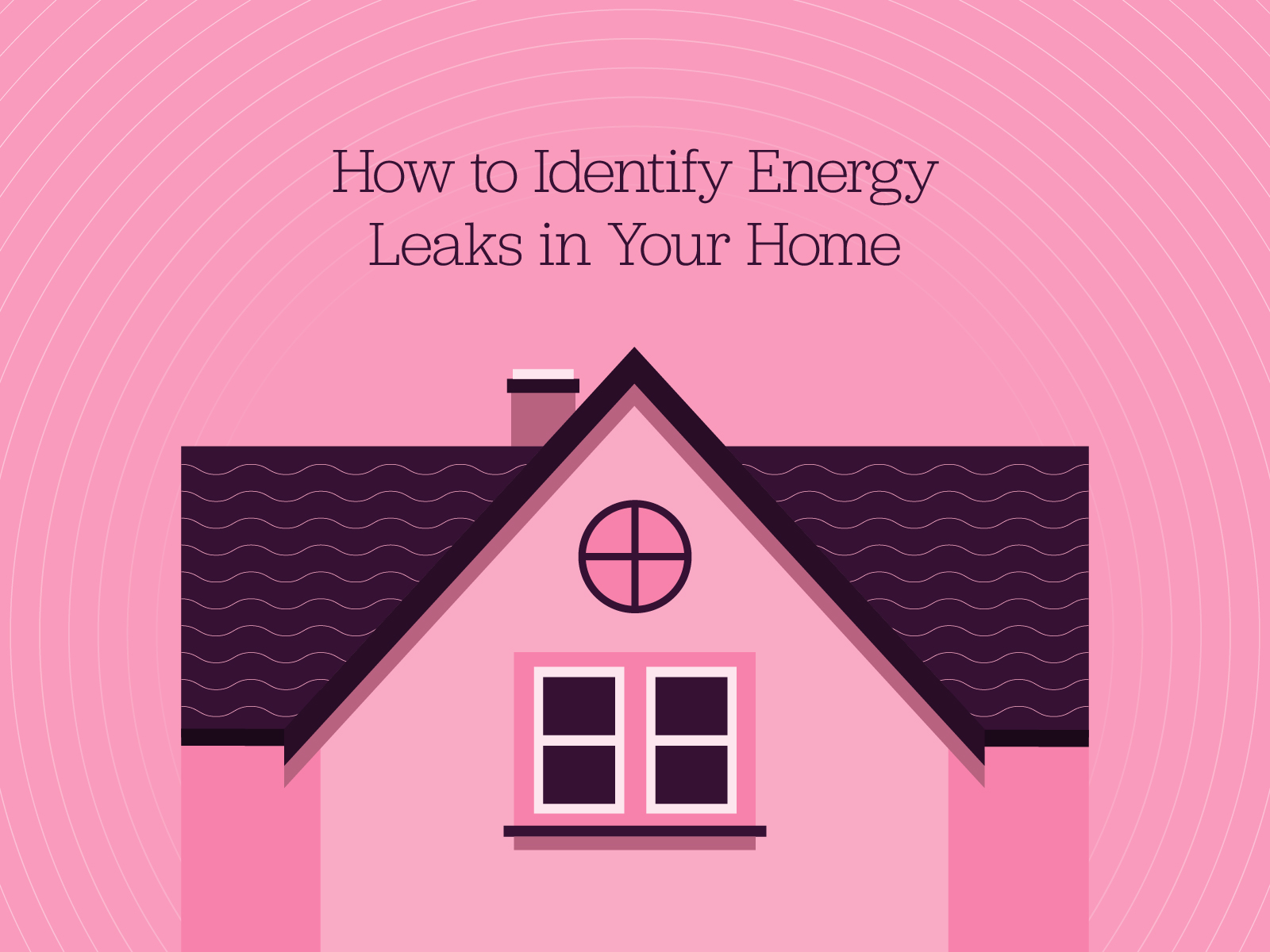If you own an older home in the UK, you might be accepting higher energy bills as a fact of life, unaware of how much you could actually save through addressing hidden energy leaks.
These properties, often steeped in character and history, can lack the modern insulation, airtightness, and heating systems found in newer builds. Consequently, homeowners might find themselves accepting higher winter heating bills and a less comfortable living space as inevitable. However, it’s important to remember that older buildings, when well-maintained and thoughtfully improved, can perform exceptionally well.
Let’s explore where these energy leaks typically occur and discover how you can begin to identify and address them, transforming your charming older home into a warm, efficient, and much more cost-effective haven.

Where Does the Heat Go?
Understanding where your heat is escaping is the first step to fixing the problem. On average, in older homes:
- Walls (35%): Uninsulated or poorly insulated solid walls are usually the largest source of heat loss in the home.
- Roof/Loft (25%): Heat rises, and if your loft insulation is inadequate, a significant amount of warmth will escape through the roof.
- Windows and Doors (15%): Single-glazed windows and draughty doors can lead to excessive ventilation.
- Floors (10%): Cold floors can contribute to heat loss, especially if they are suspended above a ventilated space.
- Draughts (15%): Gaps around windows, doors, pipes, and electrical outlets create draughts that steal heat.
- Heating System (10%): Inefficiencies in the heating system itself, including older boilers, poorly balanced radiators, and inadequate controls, can account for a significant portion of heat loss.
Simple Visual Checks
You don’t need fancy equipment to identify many energy leaks.
Start with these simple checks:
- Check your roof and gutters: Check that your roof, gutters and downpipes are keeping as much water as possible off your building. Water takes a large amount of energy to evaporate which will be affecting the properties bills along with degrading the external fabric of the building.
- Feel for draughts: Controlled ventilation of each room in a building is critical for building and occupant health, but excessive draughts are a significant energy cost. Walk around your home, paying attention to areas around windows, doors, and external walls. Hold a piece of tissue paper or fine thread near these areas to detect subtle draughts. Tip: Often spiders will like to build webs in areas that have draughts!
- Inspect windows and doors: Look for cracks or gaps in the frames and seals. Check for damaged weather stripping, letting in moisture but also creating uncontrolled draughts.
- Check loft insulation: Loft insulation is often the most cost-effective gain with a property so ensure your loft has adequate insulation. The recommended depth is around 300mm and look for any gaps or compressed insulation.
- Examine external walls: Check for cracks or damage to the brickwork or rendering, potentially leading to moisture getting trapped in the walls.
- Check radiator efficiency (bleeding): Feel your radiators when the heating is on. If they are cold at the top and warm at the bottom, they likely need bleeding. Trapped air prevents them from heating efficiently.
- Check radiator balancing: Are the radiators and rooms heating up evenly. Heat is often lost by excessive heating of some rooms and then insufficient heat in others, in turn, taking heat from neighbouring rooms. Radiator balancing can be a timely process but often gives good efficiency gains.
- Check pipe lagging: Inspect exposed hot water pipes, especially in the loft or basement outside the thermal envelopment. Ensure they are properly insulated with pipe lagging. Missing or damaged lagging can lead to significant heat loss as the heat is not getting to where it is intended.
Beyond Visual Checks
While visual checks are helpful, a professional energy audit can provide a more comprehensive assessment.
Experts use tools such as:
- Thermal imaging cameras: These cameras reveal hidden heat loss by detecting temperature differences.
- Blower door tests: These tests measure air leakage in your home.
- Bill analysis: Comparing your energy bills over time can identify trends and areas for improvement.
- Temperature and humidity sensors: These can reveal cold spots and areas of high humidity that may contribute to energy loss.
The Benefits of Addressing Energy Leaks
- Lower Energy Bills: Reduce your winter heating costs significantly.
- Increased Property Value: Energy-efficient homes are more attractive to buyers and renters.
- Improved Comfort: Eliminate draughts and cold spots for a more comfortable living space.
- Reduced Maintenance Costs: Addressing leaks can prevent moisture damage and other issues.
- Positive Environmental Impact: Reduce your carbon footprint by using less energy.
Reducing energy leaks in your older home is not just about saving money; it’s about investing in the long-term value and comfort of your property. By taking proactive steps to identify and address these issues, you can create a warmer, more efficient, and more valuable home.
Need Help Improving Energy Leaks in your Home?
Contact us today, and let’s discuss how Woohoo can support you in identifying and resolving energy leaks in your home.
